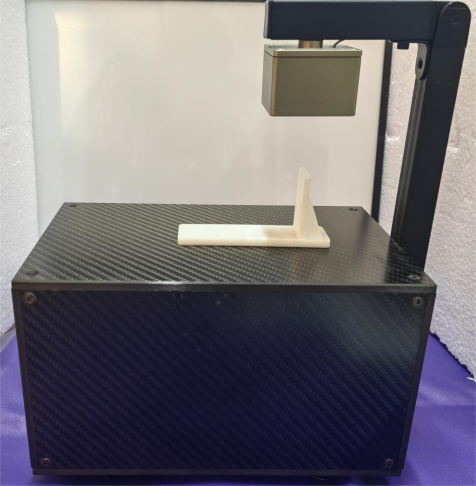Vestibular evoked potential testing system
Vestibular evoked potential test is an international experimental method used to detect vestibular components of the inner ear of animals.Existing research shows that it is a far-field potential from the vestibular system, not a myoelectric potential; the stimulation source is usually vibration stimulation, not acoustic stimulation; this kind of vibration stimulation usually requires precise and good control and testing. After being applied to the animal's skull, the vestibular evoked potential response is recorded through scalp electrodes.The vestibular evoked potential test system can accurately carry out vestibular evoked potential testing, which is helpful for research on the vestibular function of the inner ear.
The vestibular evoked potential testing system can stimulate the vestibule of test animals with different frequencies of vibration to induce an instantaneous potential of 0.1-2ms. The potential can be further analyzed to obtain an intuitive waveform image, which can reflect the status of vestibular function with an intuitive waveform image, thereby accurately assessing the health of vestibular function.
The system supports real-time detection and recording of potential changes in facial and neck muscles after vertical movement of the mouse's head and calculation and analysis.
